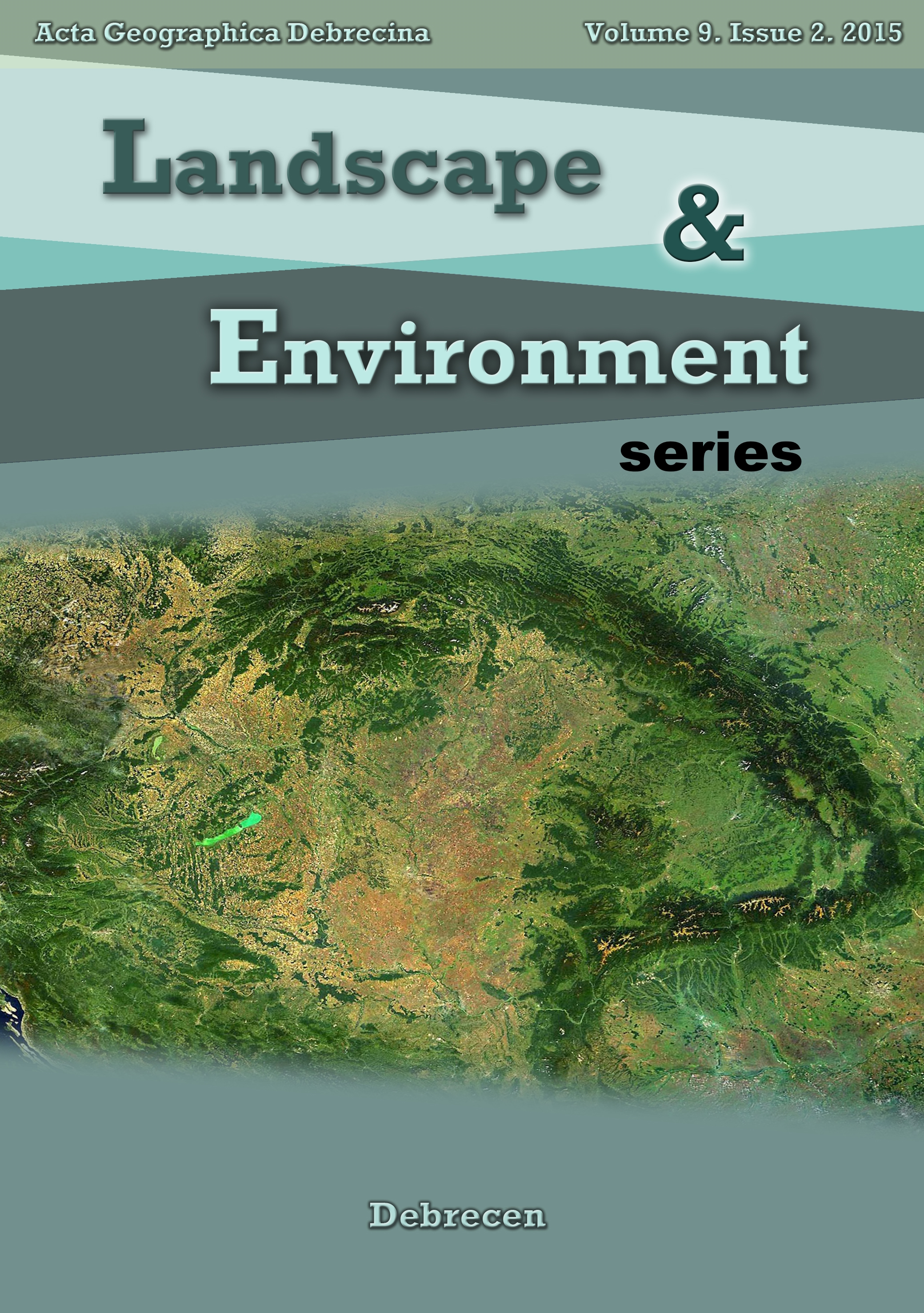Prediction of industrial land use using linear regression and mola techniques: A Case Study of Siltara Industrial belt
Authors
View
Keywords
License

This work is licensed under a Creative Commons Attribution-ShareAlike 4.0 International License.
How To Cite
Abstract
The Siltara Industrial belt is an important industrial pocket of Chattisgarh state located in the northern part of the Raipur city, which is rapidly growing. In this process spatial, cultural, political and administrative factors are controlling its rate, direction and pattern. The Simple Linear Regression (SLR) and Multi-Objective Land Allocation (MOLA) techniques, which are embedded in SPSS and Idrisi Kilimanjaro software respectively, and have been used for the estimation of future scenario of the industrial growth. In this model, a suitable platform has been prepared in which future industrialization has been estimated by integrating physical, social, cultural factors and land acquisition policy. In this article, results have revealed that industrialization has occurred very fast during last one decade. The industrial land was 6.15 km2 in 2001 and 18.725 km2 in 2011 and estimated as 31.30 km2 in 2021 and 43.87 km2 in 2031 using SLR. The rapid industrial growth is very critical issues for agrarian society and fresh environment. This model very accurately estimating (overall accuracy=95.39%, Kno=97.24%, agreement=98.63 %) the future growth of industrial land. This work will be useful to the planners and policy makers of private and government sectors to regulate the sustainable planning practices and smart decision-making.

 https://doi.org/10.21120/LE/9/2/2
https://doi.org/10.21120/LE/9/2/2